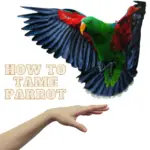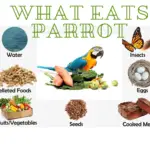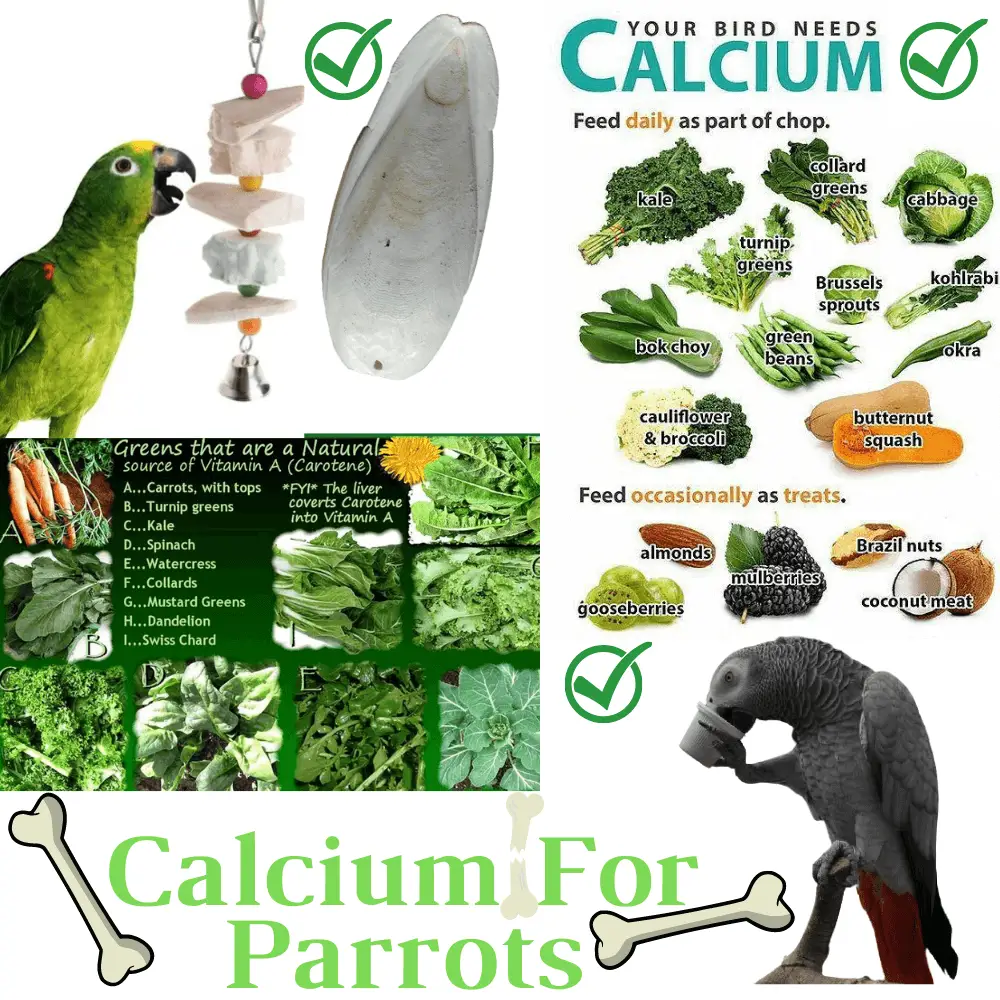
Calcium for parrots is the most abundant mineral in the body because it is in the bones and in our teeth. Due to extensive advertising and promotion from the dairy industry, we are led to believe that dairy products are the best source of calcium. And they’re a great source of calcium.
With the increase in the availability of different varieties of yogurts and cheeses, there are many choices to be made at the market or grocery store. But what do vegetarians and vegans do? What about our parrots? What about people who are lactose intolerant?
Is Your Parrot Getting Enough Calcium?

Parrot Calcium Deficiency
What some people don’t realize is that there are great sources of calcium in vegetables. of current origin. The reason we raise this question is that many of the needs of our birds are the same as those of humans. And while we’re at it, we might as well be explaining the properties of dietary needs and how they benefit us and our exotic birds. Remember that in order to take good care of your parrots, you need to feel good and be healthy. Maintaining a good diet is an important first step in ensuring your health.
Calcium is usually at the top of the list of minerals that our parrots need. Unfortunately, many feather dusters simply don’t get enough calcium in their diet. But it is possible to remedy this problem by adding six calcium-rich vegetables and a few other foods to their diet. Calcium is necessary for strong bones and teeth. And it’s found in heavy, dark-colored vegetables. Also in white beans and foods fortified with calcium such as certain juices, sea vegetables, and oatmeal.
These green vegetables: spinach, kale, okra, broccoli, cavalier cabbage, Chinese cabbage, kale, mustard greens, and horseradish greens are very easily found in grocery stores. Even almond butter is a “good source of calcium”. Just two teaspoons contain 111 milligrams of calcium. There are other sources of calcium for your parrots. Dried figs, sesame seeds, and almonds are rich and easy to find sources of calcium. So you have many options for your diet as well as that of your parrot.
Importance of Calcium in Parrots
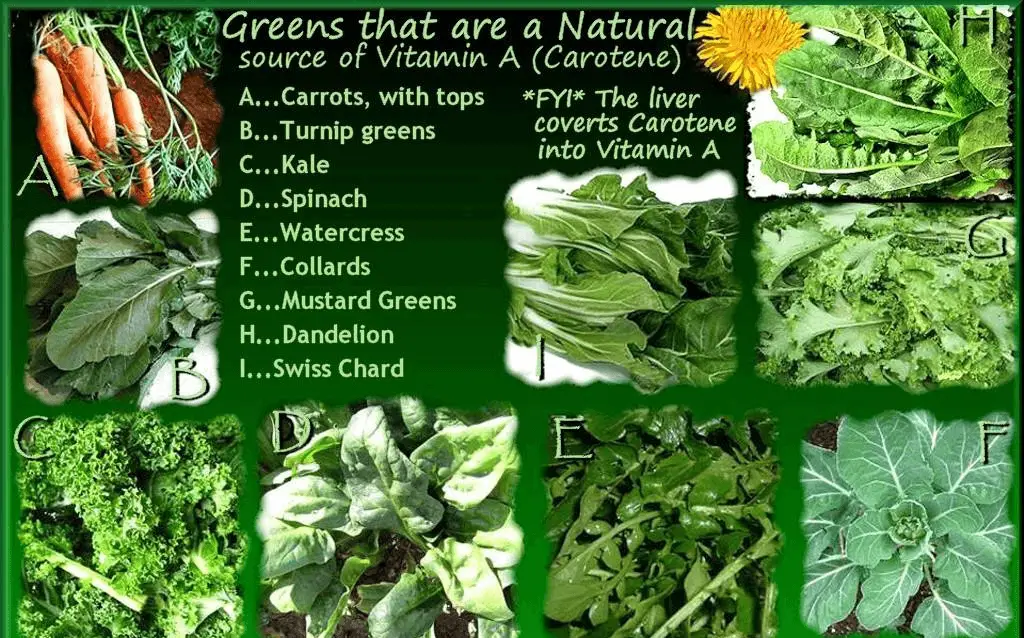
There is a problem to be aware of when feeding some of these vegetables frequently. Spinach in particular contains oxalic acid, which binds to calcium and reduces its absorption. Spinach should therefore be given less frequently than other leafy vegetables. 3/4 cup of collard greens contains as much, if not more, calcium than in a cup of cow’s milk.
The same goes for quinoa. By giving them these foods, you increase your parrot’s calcium levels. You allow him to have access to this essential mineral without having to worry about giving him a dairy product. This gives them the calcium they need for healthy bones. Calcium also maintains a normal heart rate and helps the nerves in the nervous system communicate with each other.
African gray parrots in particular require greater amounts of calcium and vitamin A in their diet. It is therefore essential to ensure that these birds have their green leaves in their diet.
To store your fruits and vegetables in your parrot’s cage, we offer this feeder cage.
Importance of Calcium in Parrots
Another thing to consider in order to ensure strong and healthy bones is exercise. An active bird that plays, flaps its wings, climbs, and flies, whether in a protected area or just hanging onto your hand with its paws, provides much-needed exercise.
It is the same with man. When we are more active, whether running, walking, or weight-bearing exercises, we decrease the risk of osteoporosis and weakened bones as we age. The more active you are, the better your balance and flexibility. Which can work in your favor in preventing falls and the injuries that result from them.
An active parrot that eats green vegetables and other foods is less likely to have problems with injuries or problems. Our suggestion is therefore to include green vegetables in your coconut diet.
If your parrot loves veggies, tell us their story and preferences in the comments below!
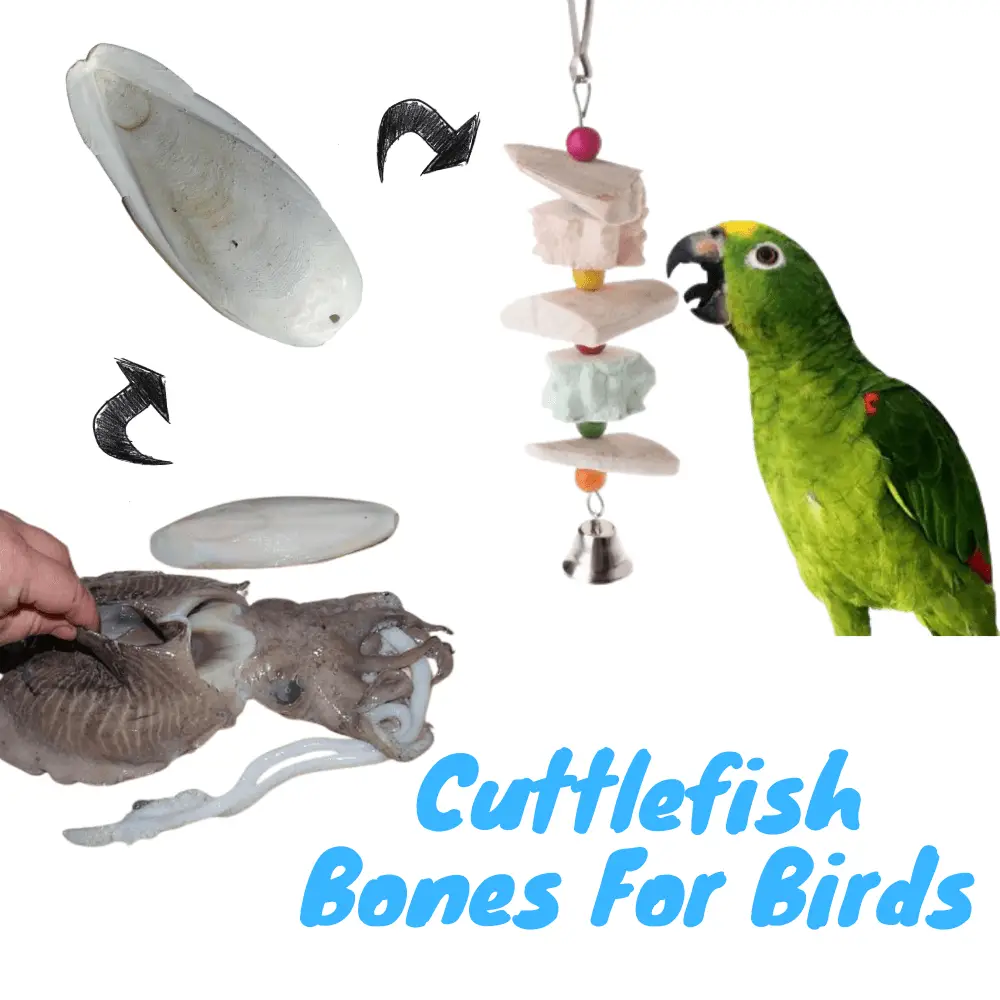
The importance of calcium in our parrots
Our Parrots absorb calcium when they feed, consume mineral blocks or cuttlefish bones for birds.
This source of calcium is good for:
- African Grey Parrot
- Timneh
- Macaw
- Amazon Parrot
- Conure
- Cockatiel
- Lovebird
- Quaker Parrot
- Senegal Parrot
- Cockatoo Parrot
A complementary contribution can also be made. But excesses and deficiencies can have a disastrous effect on their health.
Calcium is particularly involved in the formation of eggshells, but also that of feathers, beaks,s, and nails. It plays a vital role in the health of our feathered companions. Many well-meaning minds convey the idea that Congo African Grey and Timneh greys have higher calcium requirements than other parrots. This is totally wrong.
Indeed, these psittacines have calcium needs, certainly, but they are of the same order as those of their congeners. It is therefore a myth that has a hard life. Calcium is involved in blood clotting, the transmission of nerve impulses, the calcification of eggshells, the formation of keratin, but also performs many other functions.
Paralysis of the paws is associated with calcium deficiencies. Sudden falls and loss of consciousness as well. But this only indicates an advanced stage of deficiency with regard to African greys.
Pecking is not directly related to the lack of calcium, but the needs are then greater, just like in the context of molting. Of all the species of psittacines, grays are the most sensitive to this lack of calcium in the blood. It is, therefore, necessary to be particularly vigilant with them.
Some accounts also report cases of pecking in calcium-deficient subjects, but this remains anecdotal and is therefore not to be considered a rule that can be applied to the majority of birds. Calcium is important for the health of our parrots, certainly, but an excess is as dangerous as a deficiency, so it is not necessary that its contribution is too important in the Parrot diet.
In case of doubt or if you need to be reassured, it is also possible to take advantage of the annual visit to your avian veterinarian to perform a blood test. You will be able to react if necessary. But this is not necessary when the bird behaves normally and does not have any visible disorders or symptoms that may be related to it. On the other hand, young psittacines generally have a higher concentration of calcium in the body than older ones.
Finally, the sensitivity of different species of parrots is not the same in the face of an overdose. Sex intervenes just as much. It is therefore not necessary to add calcium to the diet when it is not absolutely necessary, namely during molts, following a pronounced pecking, or during the breeding season, because incidental supplementation can endanger the days of our birds.
Related Post:

